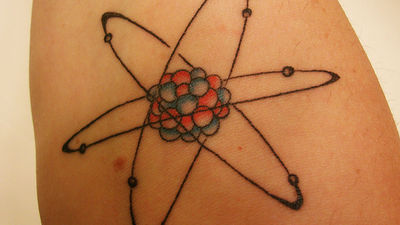New technology "Flip-flop qubit" that can create quantum computer's qubit using silicon semiconductor technology

In the quantum computer, not only "0" and "1" but also "qubit (qubit)" capable of handling "superposition of 0 and 1" By using it, it is thought that in theory it is possible to shorten the simulation of the evolution of the universe, which takes several million years on a classical computer, to the level of several hours. A technology that can easily control the quantum bit which is the key of the quantum computer by applying conventional semiconductor technologyFlip-flop qubitAn Australian researcher presented at science journal Nature Cmoomunications.
Silicon quantum processor with robust long-distance qubit couplings | Nature Communications
https://www.nature.com/articles/s41467-017-00378-x
'Flip-flop qubit' could allow for mass manufacture of quantum computer chips | E & T Magazine
https://eandt.theiet.org/content/articles/2017/09/flip-flop-qubit-could-allow-for-mass-manufacture-of-quantum-computer-chips/
The following movie explains what the mechanism of "Flip-flop qubit" which can manufacture quantum computer by diverting conventional silicon semiconductor manufacturing system is like in the following movie.
Flip-flop qubits: a whole new quantum computing architecture - YouTube
"Quantum computer is never the world's fastest computer, but it's a computer that computers can interact with each other," said the possibility of quantum computing. It is the Australian Dr. Guilherme Tosi of South Wales University (UNSW).

Quantum computers are "qubit (Qubit) ", Which has a minimum unit of quantum information different from that of a conventional computer, and the quantum computer operates using multiple qubits. The construction of huge arrays to individually control all the qubits and to interact with each other has become a big challenge for the practical application of quantum computers.
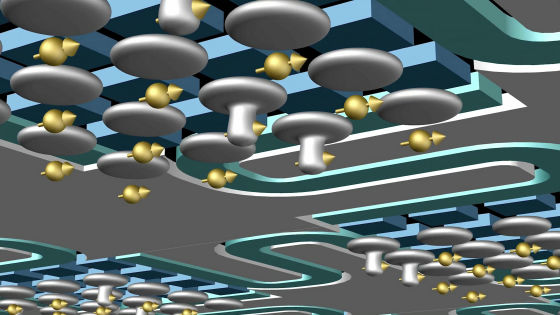
"Our team has established a way of manufacturing qubits that bring record performance as a solid state single qubit," says Andrea Morello of UNSW.
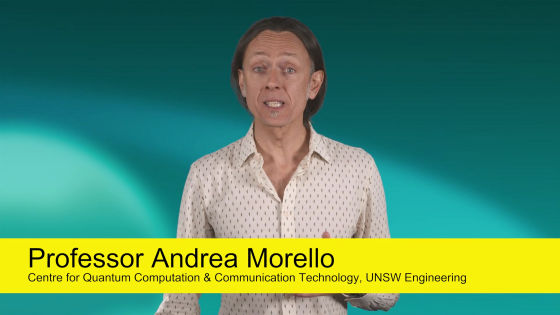
Common semiconductors are manufactured on silicon base.
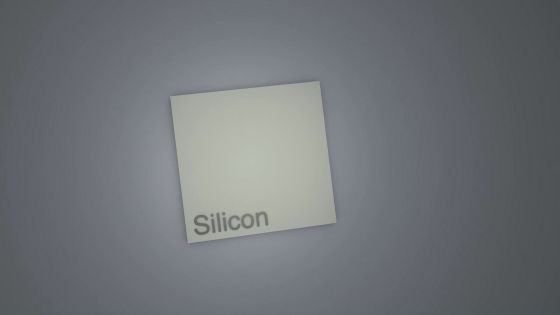
Researchers at UNSW manufacture qubits by implanting phosphorous atoms into the silicon, which is a common qubit material.

By placing phosphorus atoms in the silicon layer, it is possible to stably control the qubit.
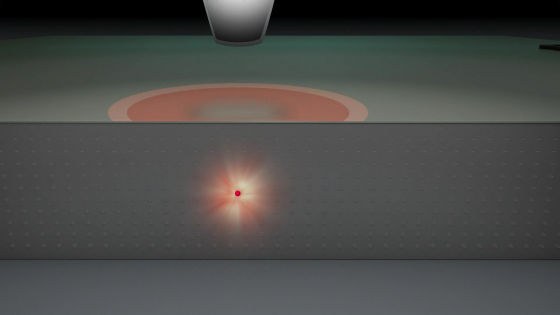
The qubit is created by the nucleus and electrons driven by the implanted phosphorus atoms.
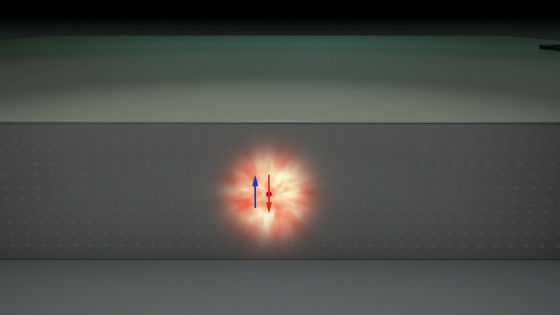
In order to let the qubit interact to function as a quantum computer, it is indispensable to arrange the qubit in atomic size, which is a difficulty in manufacturing quantum computer.
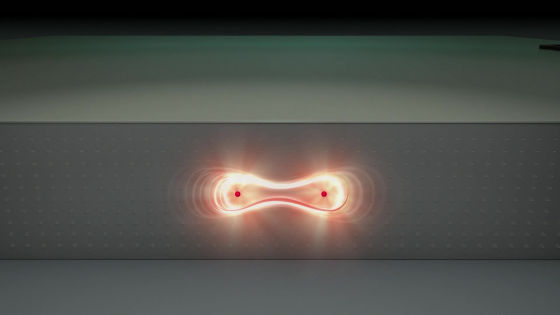
The figure below shows the gate paired with the phosphorus atom implanted in the silicon in "Flip-flop qubit" developed by researchers of UNSW.
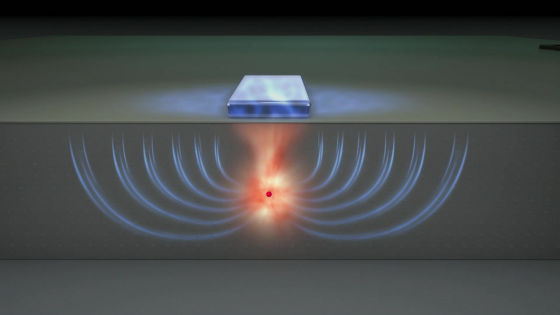
Flip-flop qubit eliminates the need for atomic level placement because it allows qubits to interact with each other for far longer distances than conventional techniques.
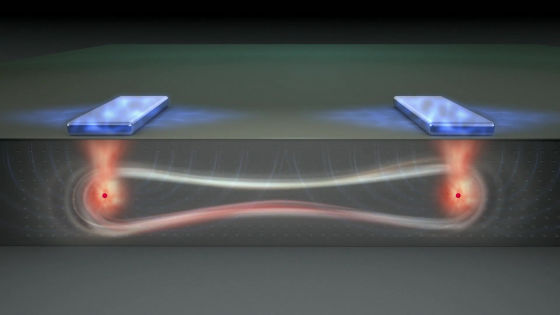
In the qubit of a quantum computer, it is possible to encode the state of electrons and nuclei into quantum information such as "representing" 0 (zero) "by making electrons" down "and nucleus" up " Possible.
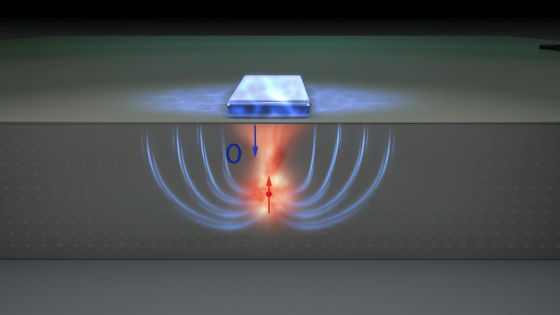
Conversely, "1" can also be expressed.
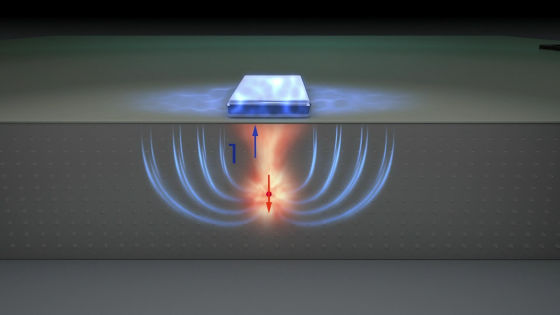
According to Dr. Morello, in Flip-flop qubit, it is possible to pull up electrons from the phosphorus atom only at the gate and separate it from the nucleus and vibrate equilibrium electrons.
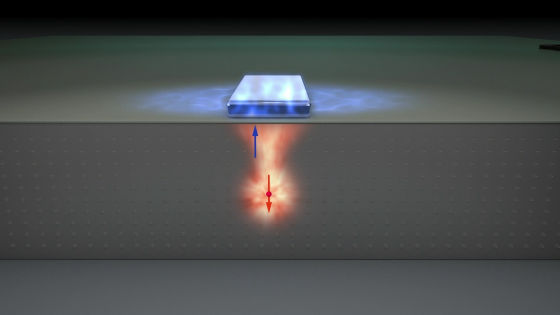
In other words, it is possible to control the qubit in silicon by using power instead of magnetic force. Since this control itself is the same as the control method of the conventional silicon semiconductor, the qubit control is much easier than the conventional quantum computer.
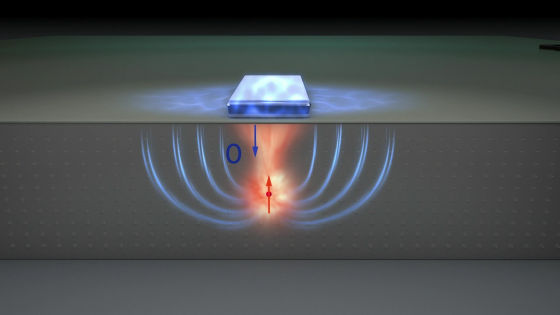
Also, the qubit itself can create an electric field (electric field) at a level that affects other qubits.

Dr. Tosi says that it can produce interactive qubits on the scale of common silicon semiconductor circuits.
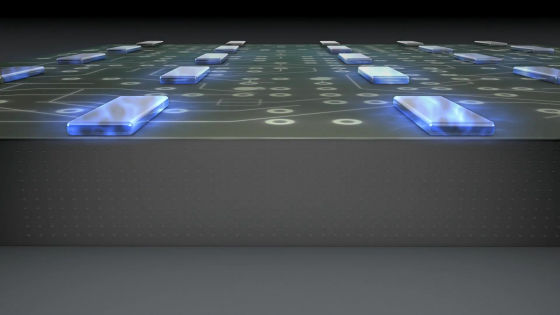
"If you use Flip-flop qubit, which eliminates the need for placement control at the atomic level, it will be a technological shift (change) in silicon quantum computers, since quantum computers can be created utilizing conventional silicon semiconductor technology," Dr. Morello says.

IBM's quantum computer leading the world in quantum computing research is 16 qubits, Google's quantum computer is 9 qubits, but UNSW's research team is using 10-qubit quantum computer using Flip-flop qubit by 2022 We plan to prototype.
Related Posts:




